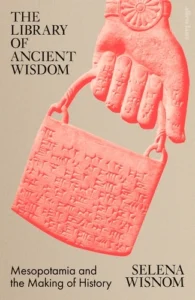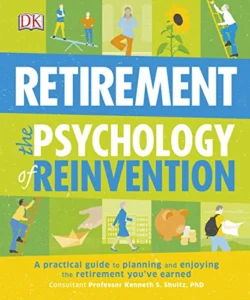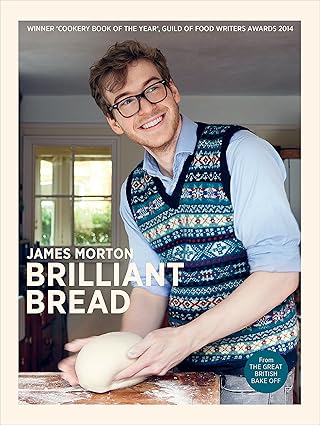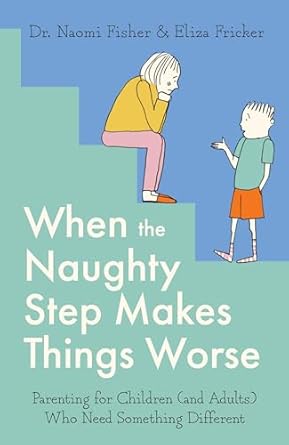My next review is of The Library of Ancient Wisdom by Selena Wisnom, a book I found via a review in New Scientist. It is about the contents of cuneiform tablets, mainly from the library at Nineveh close to Mosul in modern day Iraq. The library at Nineveh was compiled under the direction of King Ashurbanipal who ruled Assyria from 669BC to 631BC. The library was sacked in 612BC by the Babylonians. Cuneiform is a script written by impressing a stylus on wet clay tablets to produce wedge shapes. The clay tablets make an excellent preservation medium particularly when the library containing them is burnt, thus firing them. The library at Nineveh contained 30,000 tablets from a period of over 1000 years – the Assyrians were well aware of this deep history. In total we have about 500,000 tablets written in cuneiform in the Sumerian and Assyrian dialects of the Akkadian language. The contents of the tablets are very varied; there are works of literature, personal letters, instruction manuals for exorcists, medics, lamenters and even a meeting agenda.
The Library starts with a chapter on the cuneiform writing system, it originated in Uruk in around 2700BC descended from earlier, simple tally marks used in the area as early as 8000BC. Cuneiform is a subtle writing system and scribes took pride in both their “penmanship” and also the way the language was used in this respect it reminds me of the written Chinese language. However, it seems writing had a different status than it has now, many of the tablets in the library and elsewhere appear to have been written out as teaching aids indeed elsewhere the practice tablets of students are found as part of the structure of buildings. Poems such the Epic of Gilgamesh are found in multiple versions and stages of “completeness” as it evolved over time. One gets the impression that Mesopotamia maintained a strong oral tradition but specialists had access to written records.
Subsequent chapters cover different themes (The Power of the Gods, Magic and Witchcraft, The Treatment of Disease, Reading the Signs, Messages in the Stars, Literature, The Waging of War, Lamentation), with each starting with a dramatic vignette followed by a discussion in detail about the elements of the vignette and how they fit into wider Mesopotamian culture. I see from their biography that Wisnom is a poet and playwright as well as an academic Assyriologist, I can see how these vignettes and the wider analysis of cuneiform text is informed by this.
To modern eyes the Mesopotamians are bound up in exorcists, gods, omens, signs in the sky – seemingly highly superstitious. However, these are a pre-cursor to modern science – this is very obvious in the case of astronomy where the Babylonians who kept detailed and accurate astronomical records which allowed them to predict phenomena such as eclipses. More widely the search for omens led to a great deal of observation, and the predictions arising from those observations had a logical, internal consistency. They were building a model of the world but based on what we now know to be largely the wrong underlying data.
I particularly enjoyed the section on extispicy – the art of divination via the entrails of a sacrificed animal, typically a sheep and usually the liver of the sheep. The Mesopotamians were very keen on their extispicy, as a measure of this they had names for five distinct parts of a sheep heart but one vague term for the human heart. They had quite a scientific approach to their extispicy, there were written guides and sometimes multiple people interpreted the same liver to check for consistency. The output of an extispicy was a yes/no answer.
Lamentations form a big chunk of the library, these are ritual chants bemoaning a poor state of affairs to the gods. They have two purposes, one is to appeal to the gods for support after a calamity has happened, the other is to describe a possible calamity to the gods as an appeal not to carry out the calamity. There three types of lamentation: balags, ershemmas and ershahungas the first two of these are named for the instruments that accompanied them whilst the third sounds like a more choral.
The book finishes with a chapter on A Day in the life of Ashurbanipal which acts as a handy summary of the preceding chapters and a chapter on the life of cuneiform and Babylonian culture after the fall of the Assyrian empire – the last written cuneiform dates to around 80AD. Reading the book I was puzzled as to why I had not heard more about Mesopotamia but having finished I realise I had, the Old Testament has strong parallels to Mesopotamian myths as do ancient Greek myths. The signs of the zodiac and the way we measure time in hours, minutes and second come from ancient Mesopotamia.
This is quite a big book but it did not feel like a chore to read it. I was struck by the detail in which we know about Mesopotamian lives – certainly those around the King. There is an extensive annotated biography – perhaps learning cuneiform will make a suitable retirement project!






